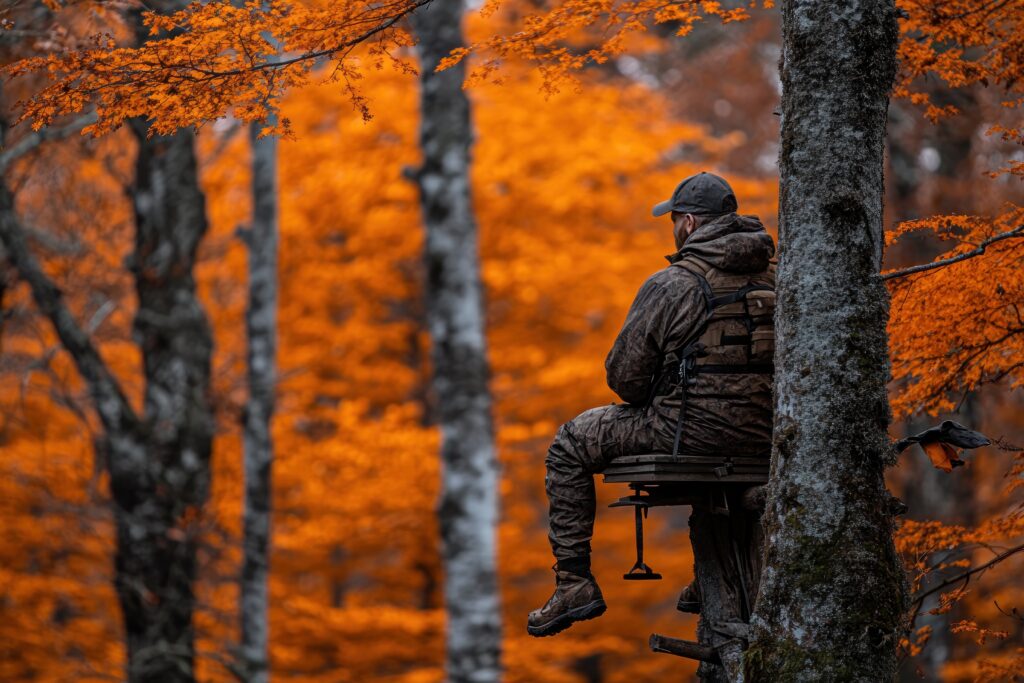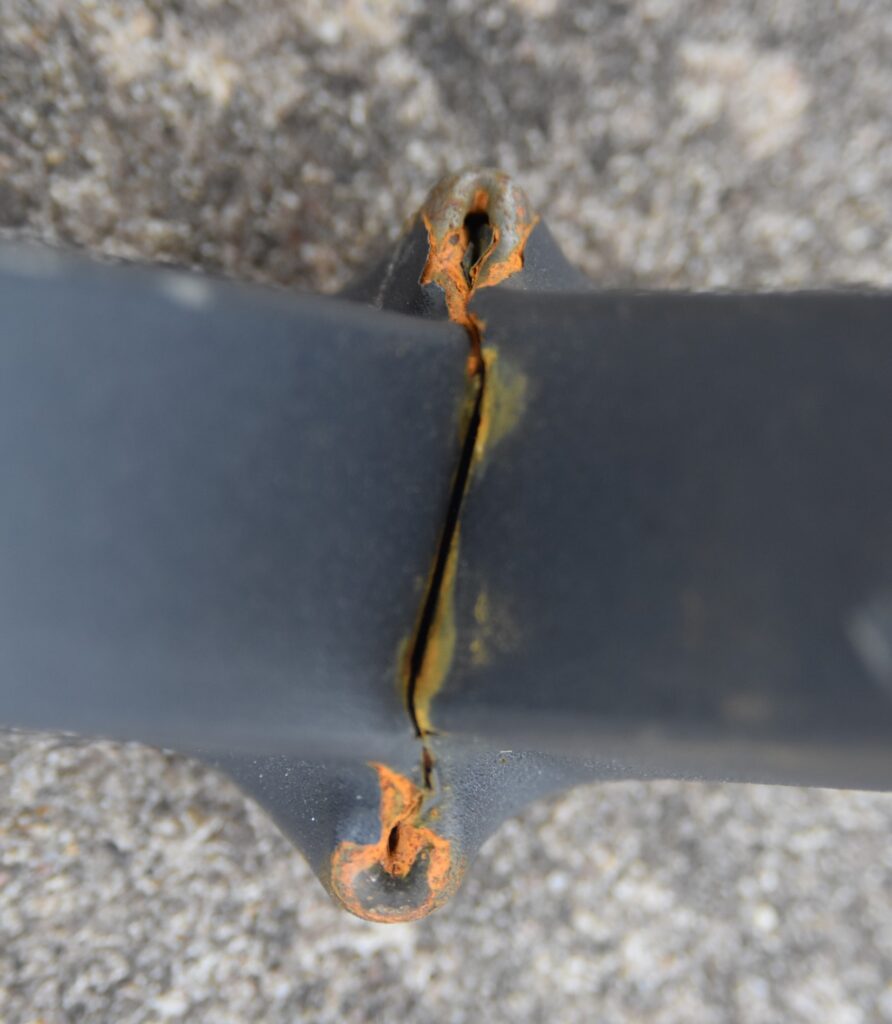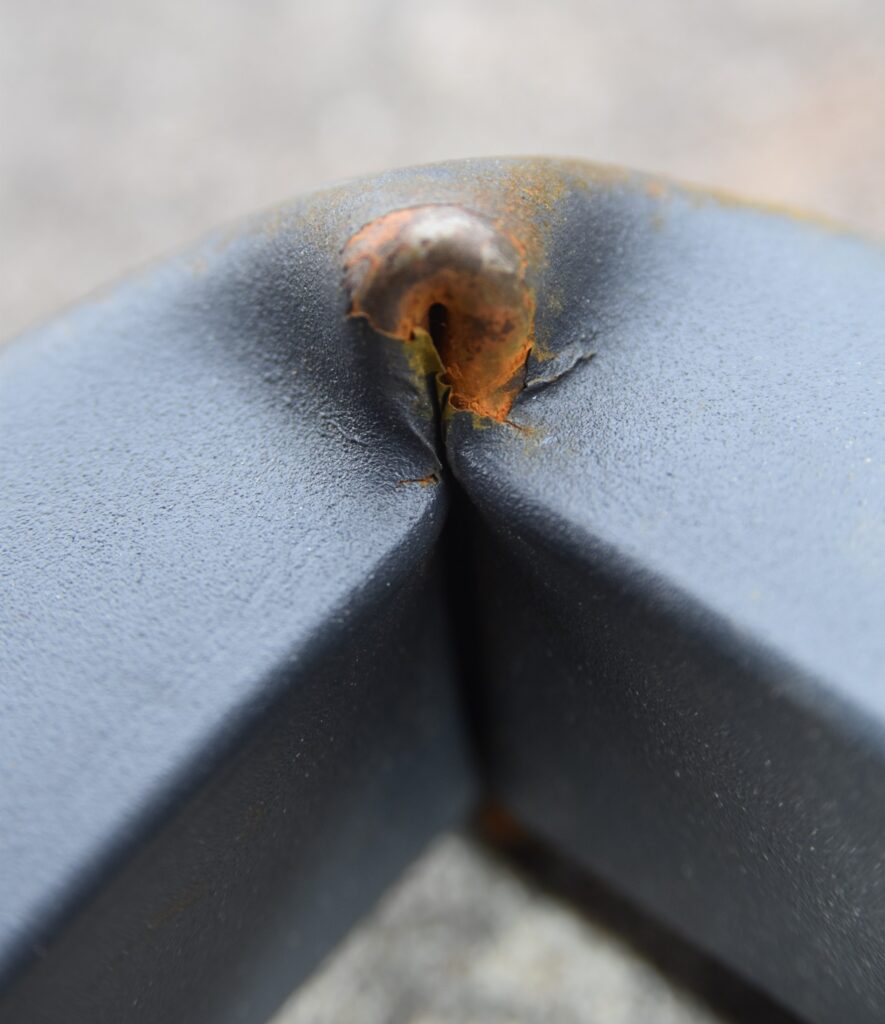Tree Stand Liability
Hunting is a popular activity in Northeastern Pennsylvania during December and January; however, equipment failures in tree stands present a significant safety risk to hunters. Liability expert, Brian E. Beatty, P.E., has evaluated several tree stand failures and will provide a comprehensive report on the cause of the failure and what should have been done to prevent the failure.


Brian E. Beatty, P.E.
Curriculum Vitae
The Expert
Brian E. Beatty, P.E. is an experienced mechanical engineer in analyzing tree stand failures and the failure mechanisms of tree stands. He has written detailed reports for plaintiff attorneys whose clients have suffered injury as a result of faulty tree stand design.
Things to consider in evaluations:
- Preservation of the stand is critical to evaluation of the incident.
- Most tree stands are manufactured in accordance with ASTM standards, however ASTM standards only require tree stands to meet their rating in a fully and properly assembled condition; they do not test stands that are in the process of assembly or disassembly.
- ASTM standards do not fully cover what the hunter will experience from the time of setup, use and disassembly; ASTM is not all encompassing on the various conditions that a hunter is faced with while using tree stands.
- Instructions for stands are often difficult to understand.


Statistics
CPSC Briefing Package on Tree Stands, October 30, 2003 cited data from a 2002 International Hunter Education Association (IHEA) survey of 1056 hunters in Vermont and North Carolina, which determined that:
- 29% of tree stand incidents occurred while climbing down from the tree stand.
- 18% of tree stand incidents occurred from ladder tree stands.
- 21% of the tree stands involved in incidents were reported by the hunters to be defective, of which 16% of that amount were manufactured tree stands.
Data from a 10-year study of tree stand fall injuries among 214 hunters from the state of Georgia revealed:
- 32% of tree stand incidents occurred because of tree stand mechanical failure including collapse of the tree stand or its steps.
Note: The images above are examples of ladder segment failure.
The National Library of Medicine Abstract on Tree Stands reviewed the central Ohio trauma center database concerning hunting related injuries over a 10-year period:
- 50% of injuries resulted from falls of which 92% of the falls were from tree stands.
- 59% of tree stand fall victims suffered spinal fractures.
The Wisconsin Department of Natural Resources research on deer stand falls examined data from two statewide surveys and an audit of medical records between 2009 and 2013. The results showed that:
- 27% of the falls occurred while the firearm hunter was climbing down from the tree stand.
- 21% of falls from firearm deer hunters involved ladder tree stands.
- The risk of a fall from an elevated deer stand increased as years of participation in the sport increased.
- After 20 years of participation, a deer hunter had a 1 in 89 chance of experiencing a serious accident from a deer stand fall.
Note: In the image above, the crisscross straps are not secured and the hunter is not wearing a fall harness; this significantly increases the risk of falling, particularly if the tree stand were to collapse.
